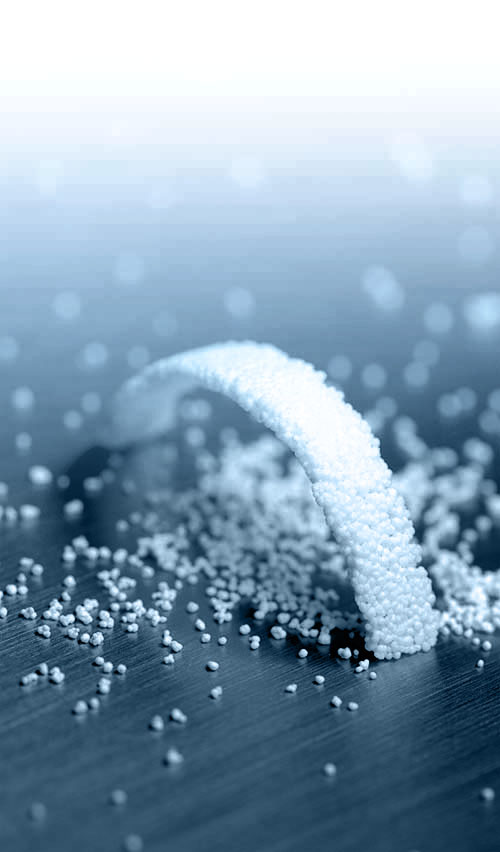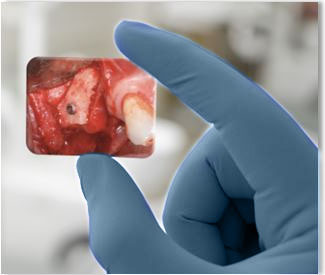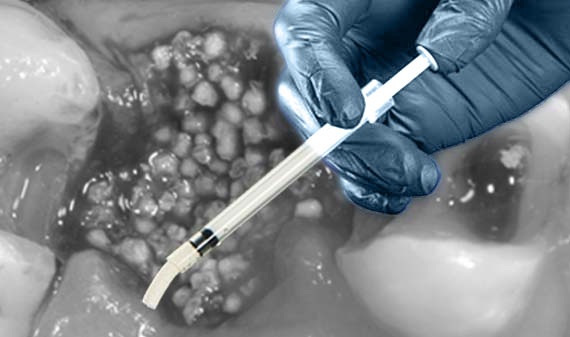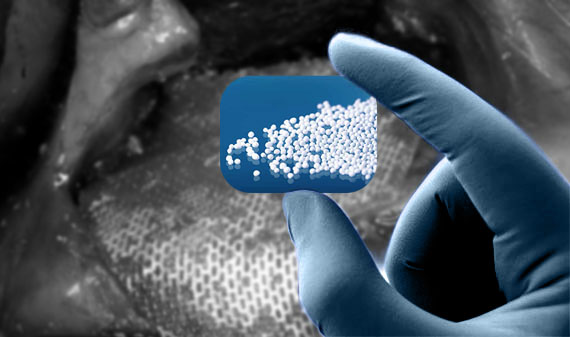Atraumatic extraction of hopeless teeth can be followed by a socket ridge preservation procedure using GUIDOR® easy-graft. Where a dental implant restoration is considered, bone defects can be treated prior to or at the same time as implant placement. In such instances GUIDOR® easy-graft and GUIDOR® calc-i-oss bone graft substitutes are available in a variety of configurations to help correct the associated defects.
A synergy of biology, handling advantage and material origin
Three key principles define the success of GUIDOR® regenerative products:

Stability: Stability is a key biological principle for predictable bone regeneration. GUIDOR® regenerative products are specifically designed to be stable in the site.

Handling Optimization: New technical developments allow more flexible control of physical characteristics like resorption rates and physical forms. ® regenerative products are designed to meet the specific requirements of the oral care clinician.

Material Origin: Autogenous bone is considered the gold standard despite its limitations. Clinicians and patients seeking alternatives can choose products from a deceased human (cadaveric allograft), animal (xenograft) or man-made synthetic (alloplast). GUIDOR® regenerative products are 100% synthetic in origin and contain no materials of animal or human origin.

Progress through new technology

Limitations of Autogenous Bone...
Autogenous bone contains cells required for regeneration. However, multiple factors limit its application in general practice:
- Second intervention: A second intervention is required for harvesting autogenous bone.
- Surgical competency: To remain vital a blood supply should remain to the transplanted site which requires surgical competency for the preparation of the periosteum and accompanying vessels.
- Morbidity: Loss of sensitivity and pain has been reported in up to 55 % of cases (2).
- Contamination: Bacterial contaminated is highest from bone filters and scrapers (3, 4).
- Vitality: The vitality of salvaged tissue cannot be consistently demonstrated (4).
- Resorption: Volume losses at one year of 30 %–60 % have been observed (5).

Placement of an autogeneous block taken from the chin (6)
... Drive Demand for Synthetic Biomaterials
Clinicians and patients seeking alternatives to autogenous bone, processed bone from deceased humans or from animals should choose the 100% synthetic technologies.
2. Buser D, et al. Localized ridge augmentation with autografts and barrier membranes. Periodontology 2000 19, 151-159.
3. Rita A. Hitti and David G. Kerns, Guided Bone Regeneration in the Oral Cavity: A Review. The Open Pathology Journal, 2011, 5, 33-45.
4. Graziani, F, et al. A Systematic review of bone collectors, JOMI, Vol:22,5,2007,729-735.
5. Sorbonne. L, et al. Volume changes of autogenous bone grafts after alveolar ridge augmentation of atrophic maxillae and mandibles. JOMI Volume 38, Issue 10, Oct 09, 1059–1065.
6. Image courtesy of Dr. Minas Leventis, Athens University (Greece), private practice in London (UK).


